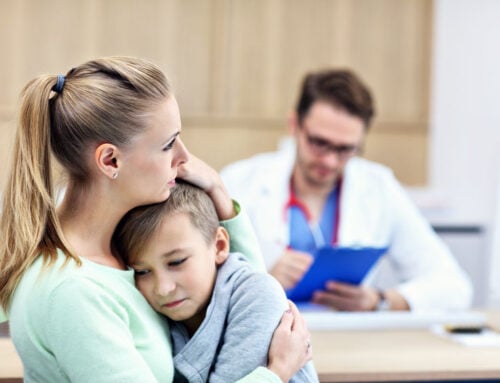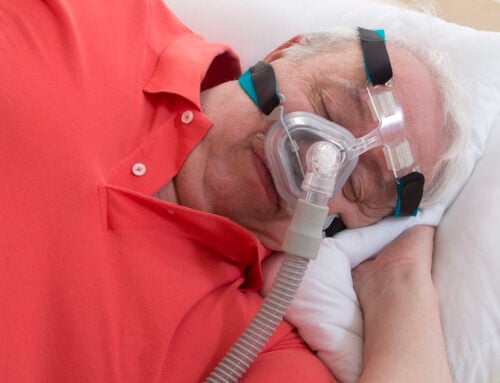More Demand Than Supply
A little known fact, millions of Americans may unknowingly have osteoporosis. By 2020, an estimated 12 million Americans will have the disease, with a further 54 million at risk. With osteoporosis, bones regenerate at a slower pace than needed. This causes bones to become brittle and predisposed to breaks. Surprisingly, some are more prone to the disease than others.

Aging and osteoporosis
With age, not only immune systems, and muscle mass decline. Bone density naturally worsens with age. Between 30-50, bone production starts to decline. Bone density worsens from age 50 and beyond. And the risk of the disease becomes highest at age 70, with a 27% average risk of bone breaks. Yes, there are cases of juvenile osteoporosis. However, seniors currently hold the highest risk.
Gender plays a bigger part
Osteoporosis has a particular impact on women. In fact, studies show 1 in 3 occurrences in women versus 1 in 5 in men. Women generally have a lower bone density than men. Women also reach peak bone density earlier and lose density at an earlier age. This makes older women 4 times likely to develop osteoporosis than men.
Menopause and osteoporosis
An even higher risk of osteoporosis falls to menopausal women. Menopause reduces the production of estrogen. Estrogen is one of the key hormones in creating and maintaining strong bones. So a lack of the hormone, coupled with the natural decline with age, make this group very high risk. More importantly, if a menopausal woman had a bone fracture in the past, the possibility multiplies even more.
Protecting against the disease
There are some key steps to reduce the risk of osteoporosis. Exercise is an integral part of managing bone density. Investing in weight training notably decreases the chances of bone damage. Add the proper supplements, like vitamin D and calcium, and fighting osteoporosis becomes easier. Studies show smoking reduces bone mass, so putting down the cigarettes can improve bone health significantly.
Get osteoporosis help today
Although older women present the highest risk and cases of osteoporosis, the disease poses a threat to all. If any signs or symptoms of the disease appear, speak with a medical practitioner. Doctors can assess bone health with a bone mineral density (BMD) test, then provide the help needed to manage the disease.




